In this Article
Toggle

Alpacas are long-necked, doe-eyed creatures that look like a camel mixed with a Goldendoodle. And yes, they are as adorable as that sounds! Native to the Andes Mountains of South America, here are 10 interesting alpaca facts.
My first encounter with an adorable alpaca was nothing short of enchanting. With their gentle eyes and fluffy coats, I was immediately captivated by the serene presence of these remarkable creatures at the Seven Stars Alpaca Ranch in Coeur d’Alene, Idaho. So when I had a chance to hike with an alpaca at Clover Brooke Farm in Hyde Park, New York, a few years later, I jumped at the opportunity.
In this article, I’m thrilled to share 10 fascinating alpaca facts gleaned from these unforgettable experiences. For those who haven’t yet had the pleasure of meeting these endearing animals, I hope my insights ignite your curiosity and lead you to your own delightful alpaca encounter.
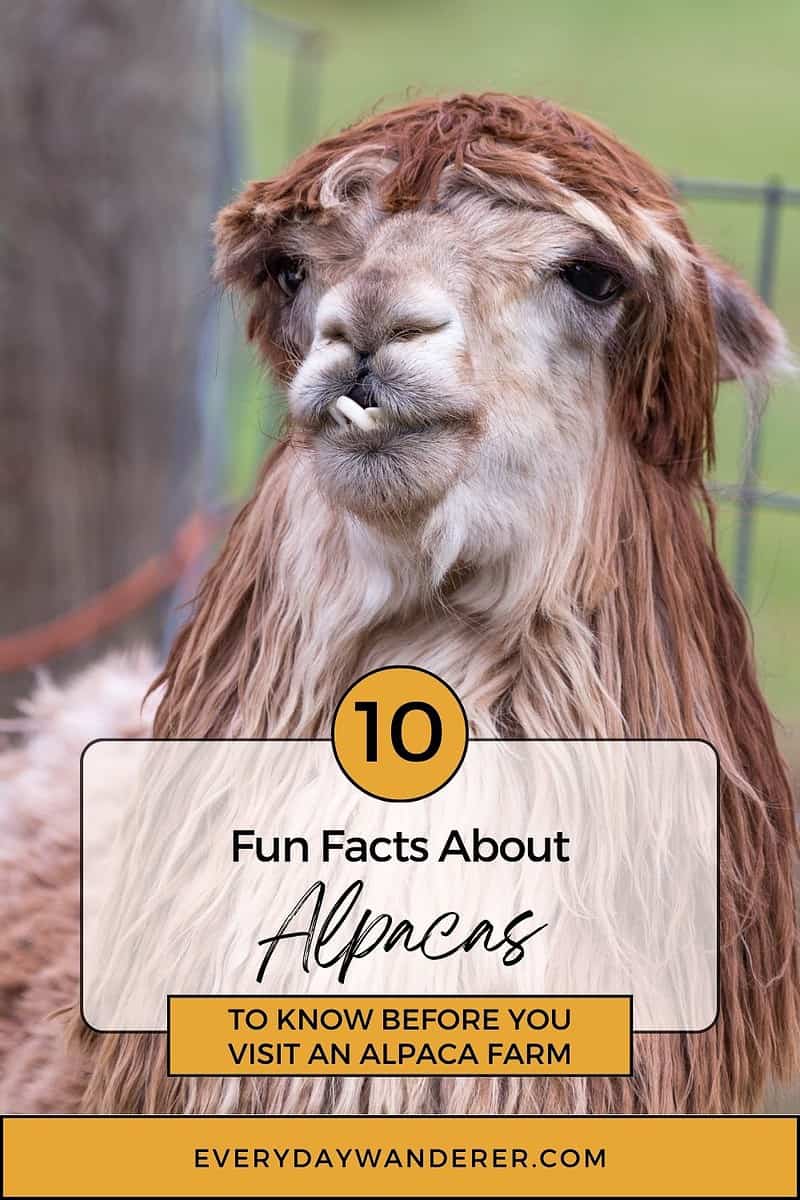
To help offset the costs of running EverydayWanderer.com, you’ll find affiliate links lightly sprinkled throughout the site. If you choose to make a purchase via one of these links, there’s no additional cost to you, but I’ll earn a teeny tiny commission. You can read all of the legal blah blah blah (as my little niece says) on the full disclosure page.
1. An Alpaca is Not a Llama
Just like an alligator is not a crocodile, a dolphin is not a porpoise, and a whale is not a fish, an alpaca is not a llama. Sure, they’re related, but they’re not the same thing.
Llamas are:
- About twice the size of alpacas, tipping the scales above 300 lbs (135 kg) when fully grown,
- Quite independent and often kept away from other llamas, and
- Predominantly used as pack animals.
Meanwhile, alpacas are:
- Typically no more than 145 lbs (65 kg) when fully grown,
- Very social animals, needing to be part of an alpaca herd, and
- Raised specifically for their soft, luxurious wool (also called alpaca fleece or alpaca fiber).
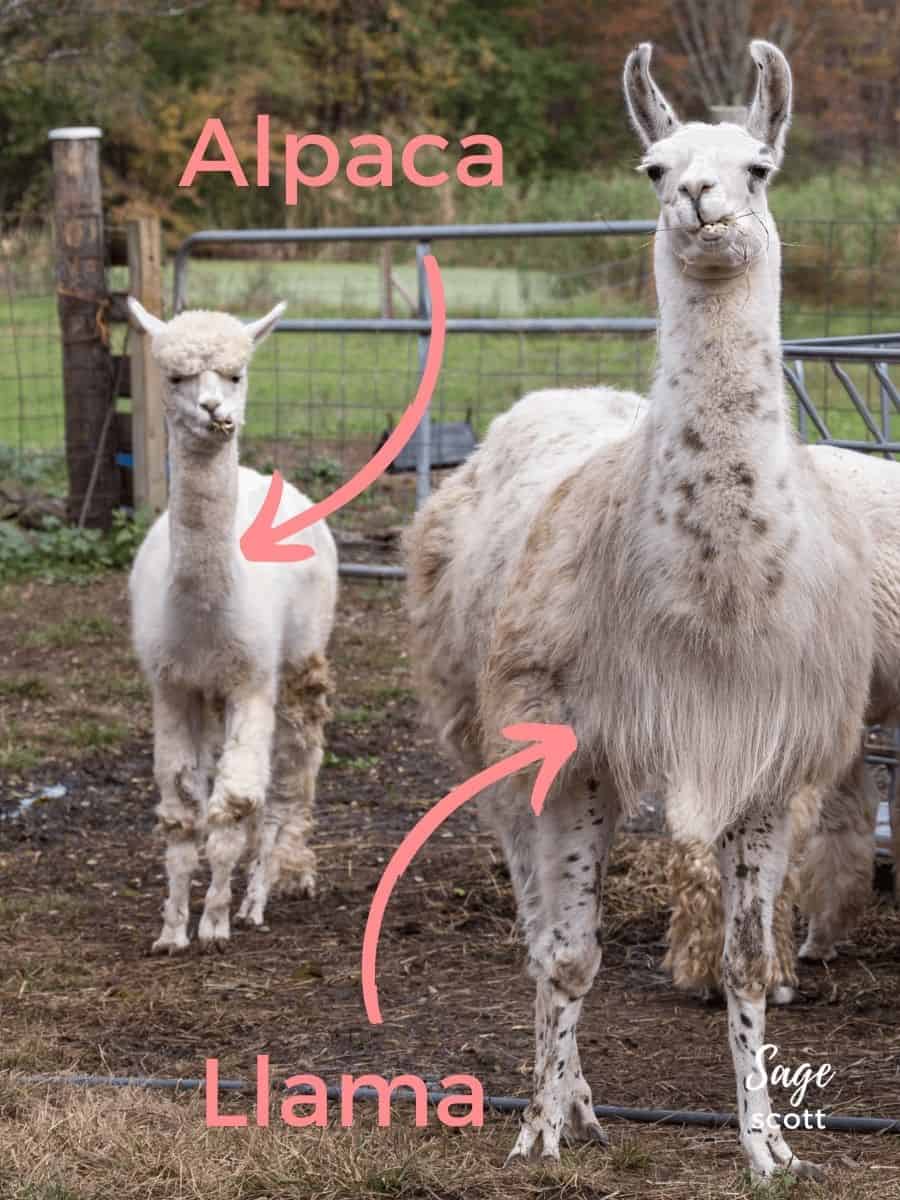
That said, llamas and alpacas can crossbreed. The resulting offspring is called a huarizo.
- Hike with adorable alpacas and llamas
- Reserve now and pay later
- Free cancellation up to 24 hours in advance
To me, alpacas…
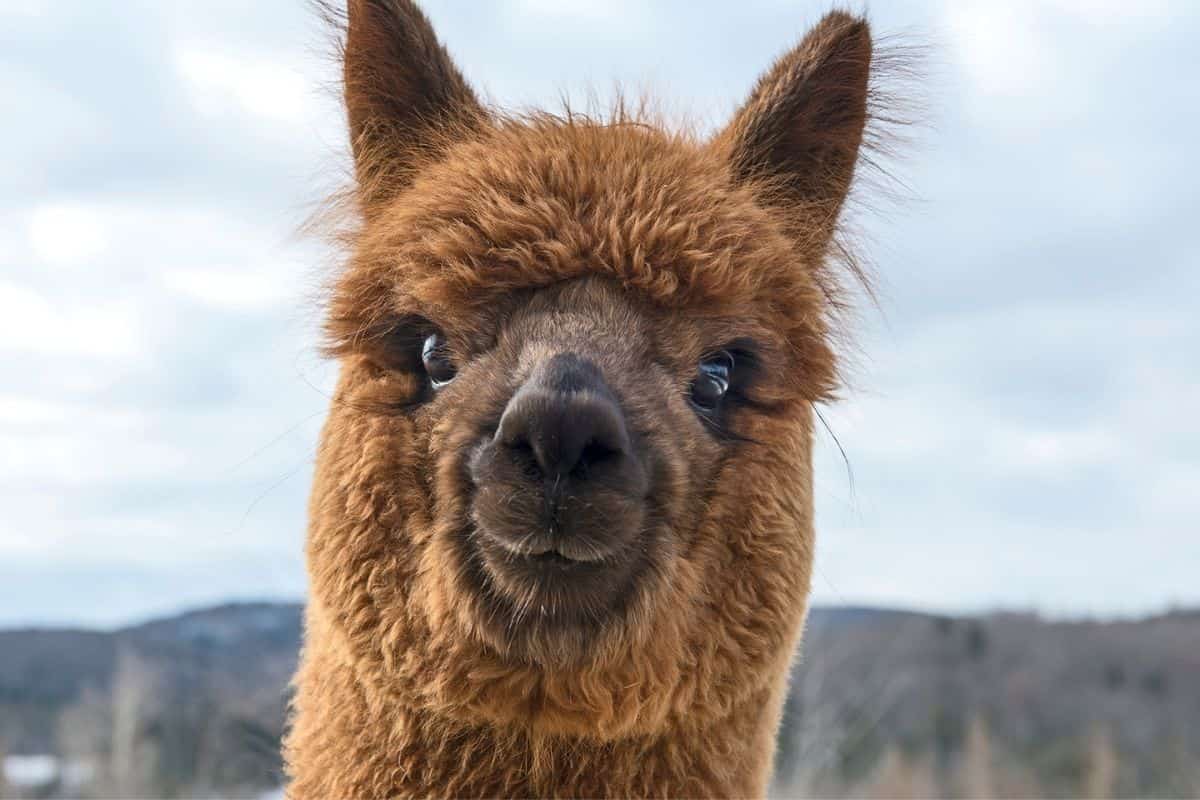
…look like Mother Nature paired a camel…
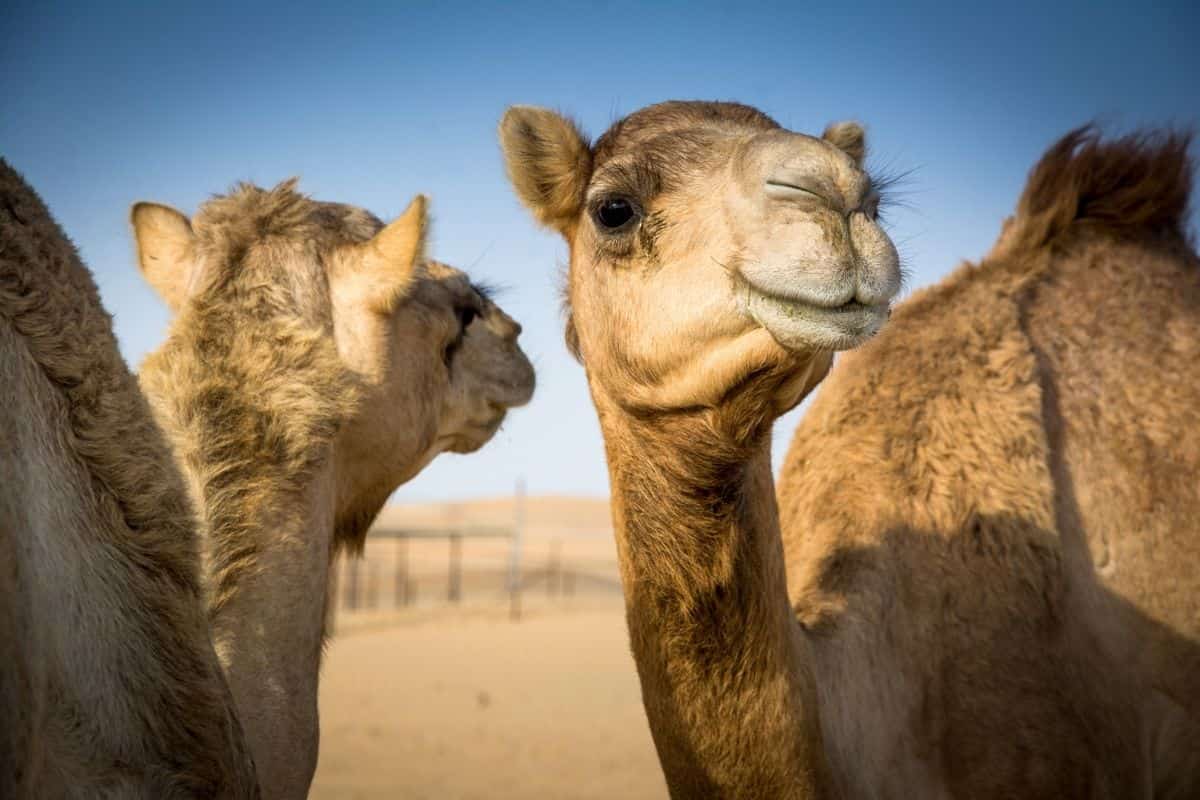
…with a Goldendoodle!

2. Alpacas Come in Only Two Varieties
While there are four breeds of llamas, one surprising alpaca fact is that there are only two types of alpaca. Maybe it’s because an alpaca is half the size? (Joking!) There are huacaya alpacas (pronounced wah-cay-a) and suri alpacas (pronounced like Tom Cruise’s daughter).
The vast majority of the alpacas in North America — like 90% — are huacayas. Huacaya alpacas have shorter fibers that are a bit curly, like a teddy bear. Or a Goldendoodle. Suri alpacas, on the other hand, have very long fibers that look more like silky dreadlocks.
3. Alpaca Fiber is Practically Magical
Alpaca hair is pretty much the most amazing natural fiber on earth. It’s been described as finer than cashmere, smoother than silk, softer than cotton, warmer than goose down, and more breathable than thermal knit. And if that doesn’t sound dreamy enough, it’s the second strongest animal fiber after mohair which is the wool from an angora goat.
Unlike other types of wool, alpaca fur contains no lanolin. So while other sweaters may make you itch, items woven from alpaca fiber are hypoallergenic. Because alpaca fiber is water-resistant, it feels lighter than wool but warmer than cotton in cool, damp climates. Round out your wardrobe with socks, scarves, sweaters, and wraps knit from this magically soft, silky fiber.
Alpaca farmers typically yield about four pounds of fiber per alpaca when they are shorn annually in the spring.
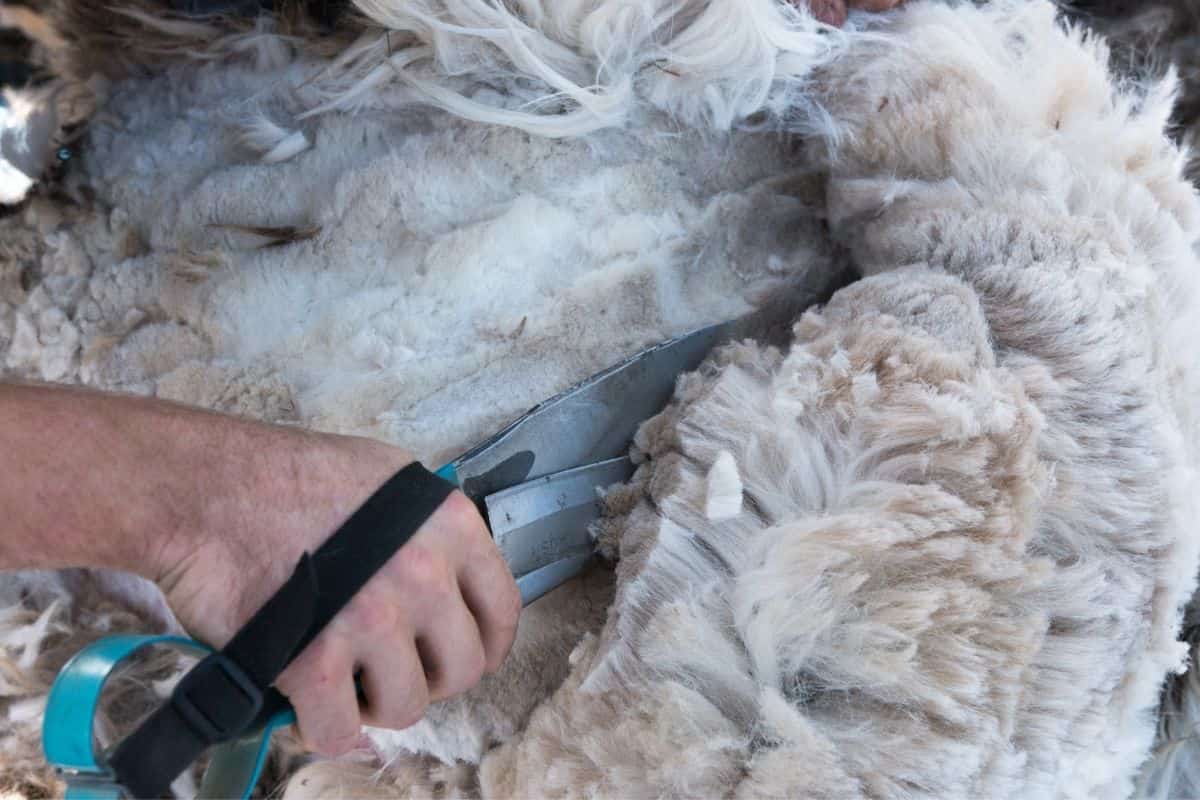
4. Alpaca Fiber Comes in a Rainbow of Colors
There are more than 20 colors of alpaca fiber, ranging from soft white to tan, light grey to true black. And those are just the natural colors right off the alpaca’s back. Alpaca fibers can be combined to make more colors, and the yarn is occasionally tinted. But because yarn can be woven into so many beautiful colors right after the alpaca is shorn, there is less need to chemically dye alpaca wool (or put those pollutants out into the world). Mother Nature for the win!
5. They Could Probably Write a Travel Blog
Originally from the Andes Mountains of Peru, Bolivia, Ecuador, and Chile, alpacas have literally been exported around the world. The first few alpacas arrived in North America in 1984. Today there are more than 20,000 head of alpacas in the United States and Canada. You can also find the fluffy creatures in New Zealand, Thailand, and the Netherlands.
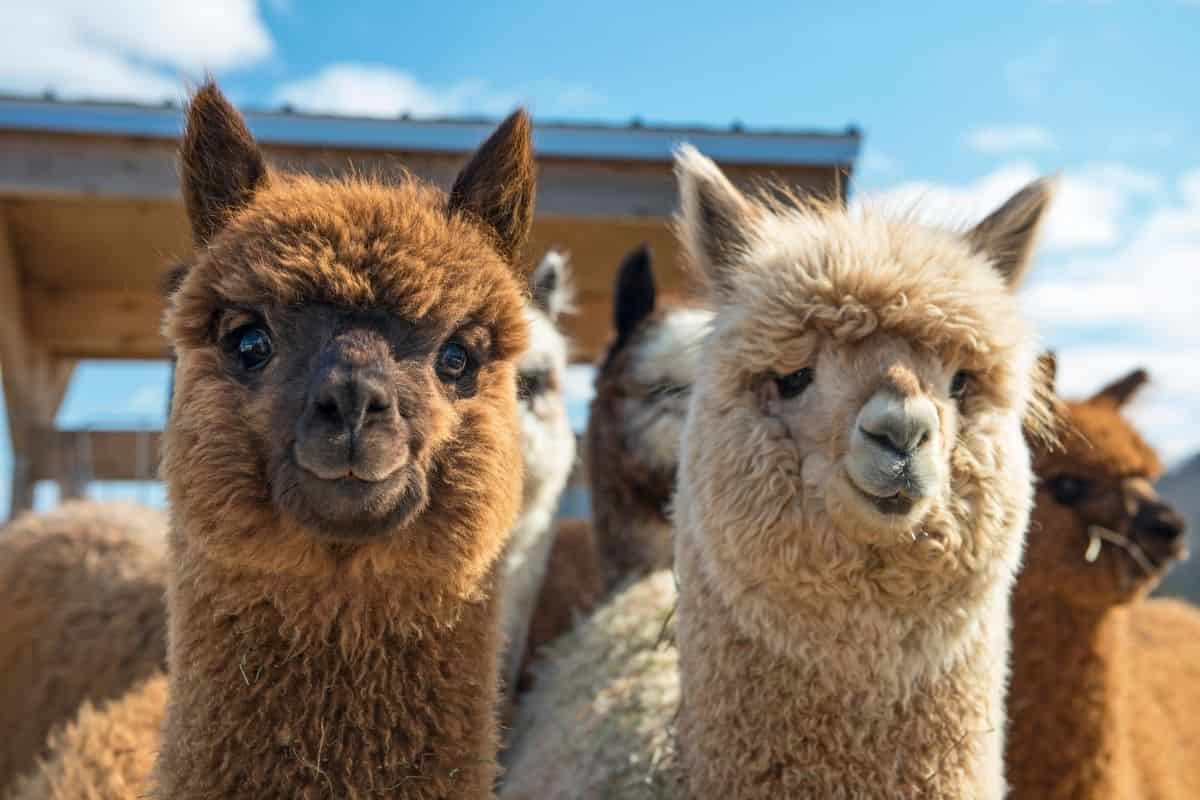
6. Alpacas Are Like Goldendoodles in Two More Ways
In addition to looking like a Goldendoodle crossed with a camel, alpacas are gentle, social creatures that can make great pets. They are famous for getting along well with people, including children, as well as dogs, cats, horses, donkeys, sheep, and goats. But that’s not where the similarities to Goldendoodles end. Unlike cows, sheep, and goats, alpacas don’t have hooves. Instead, they have soft pads and nails that more closely resemble a dog’s foot.
7. Alpacas Eat Like Supermodels...
These long-necked, long-lashed vegetarians don’t eat much. What do alpacas eat? Their diet is mostly grass or hay. But while a horse typically eats about 15 to 20 pounds (7 to 9 kg) of hay a day (or about 2% of its body weight), a 125-pound alpaca’s daily grass consumption is only about two pounds (one kg), or about 1.5% of its body weight.
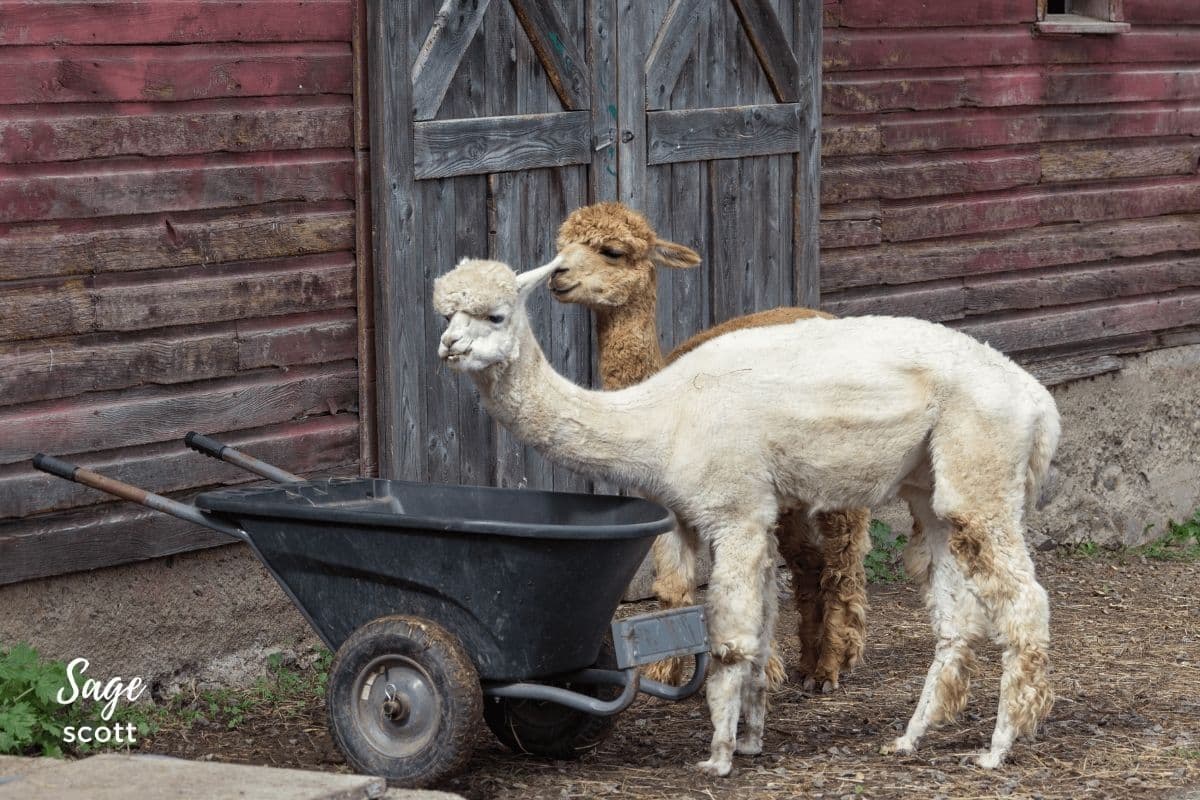
8. ...and Drink Like Camels
And when it comes to water, they’re still minimalists. While a cow needs about 10% of its body weight per day in fresh water, alpacas only need about 1%.
9. They are Relatively Easy to Clean Up After
Unlike most barnyard critters that seem to relieve themselves anywhere and everywhere, a herd of alpacas creates a communal dung pile used by the entire herd. This instinct has allowed some alpaca owners to house-train their alpacas.
Sage Advice: Alpaca manure, also known as alpaca “beans,” makes excellent fertilizer! Plus also, alpaca poop isn’t as “fragrant” as cow manure, and it’s much easier to pick up since the alpacas all use the restroom in the same spot.
10. Momma Alpacas Give Birth Over Their Lunch Hour
Shortly after their first birthday, female alpacas are ready to become mothers. (Males, however, take longer to mature and aren’t usually ready to breed until they are roughly twice as old.) Female alpacas instinctively give birth between approximately 10:00 am and 2:00 pm. While that’s certainly more convenient for the people who raise alpacas, the real reason is that the new alpaca mother wants to be sure that her newborn, called a cria, has time to dry off, stand up, and suckle milk before the temperature drops.
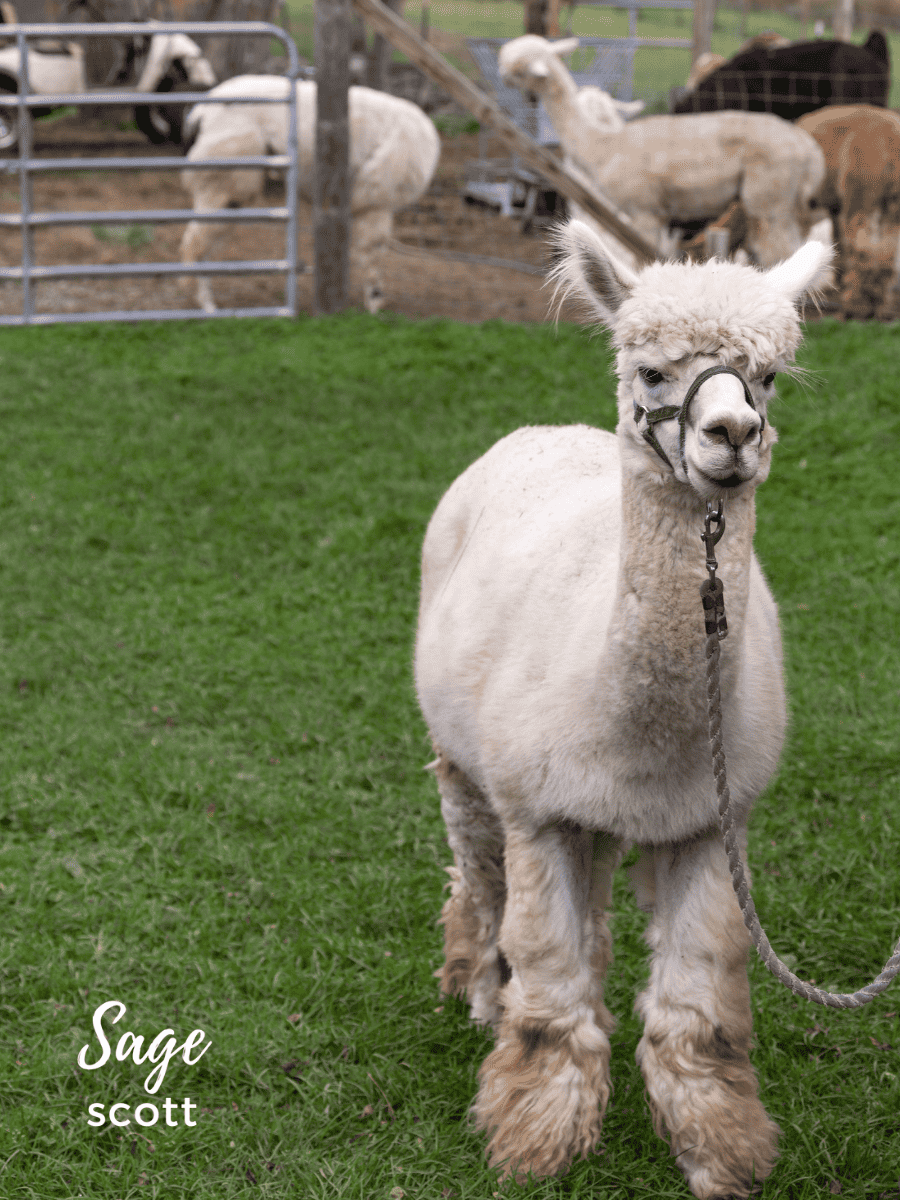
Frequently Asked Questions About Alpacas
Now, let’s dive into some of the most burning questions about alpacas. Whether you’re pondering their relationship with llamas, curious about their weight, or wondering if you could have one as a pet, I’ve got you covered.
Are alpacas and llamas the same animal?
While both part of the camel family, alpacas and llamas are different animals.
How much do alpacas weigh?
An adult alpaca is typically between 105 and 185 pounds when fully grown. Baby alpacas, known as cria, weigh about 18 to 20 pounds at birth.
Why do alpacas spit?
An alpaca might spit for a variety of reasons. If the animal feels threatened, is stressed, or is protecting food, it might spit. Most commonly, alpacas spit at each other, but they will spit at humans for the same reasons.
Can alpacas be pets?
Alpacas are primarily raised for their fiber (or wool). It’s deliciously soft, incredibly warm, and super breathable. But alpacas can also be great pets. (Although I wouldn’t recommend keeping one in the house.) But before you get an alpaca as a pet, know that they are pack animals. So, if you plan to get an alpaca, you’ll need to plan on purchasing at least two! And as a general rule, one acre of land is enough space for up to ten alpacas.
Can alpacas be house trained?
I wouldn’t keep an alpaca in the house. But outside in the pasture or barn, alpacas will designate a spot that they’ll consistently use as a toilet. This makes it easy to clean up after your pack of alpacas (and you have less landminds to watch for in the yard!
Do You Have Another Fun Fact About Alpacas?
Have you spent time with an adorable alpaca? Do you have another alpaca fun fact to add to this list? Share your thoughts in the comments section below.
Ready to Go?
Use These Helpful Links to Book Your Trip!
- Find low fares with airfarewatchdog and Skyscanner
- Book your plane ticket with Expedia or Kayak
- Or take the scenic route on an epic road trip in a rental car or an RV from Outdoorsy
- From hotels to private homes, find the perfect accommodation with Hotels.com or Vrbo
- Travel in style with a suitcase, carry-on, backpack, or handbag from eBags
- Save on tickets to attractions, sightseeing tours, and more with CityPASS, Tiqets, and Viator
- Don’t leave home without travel insurance from AXA
- Discover the sights, history, and culture of your destination with an interactive scavenger hunt
- Need something else to plan your perfect trip? Visit my travel resources page for more trusted partners. Happy wandering!
Sage Scott
Thank you for sharing!

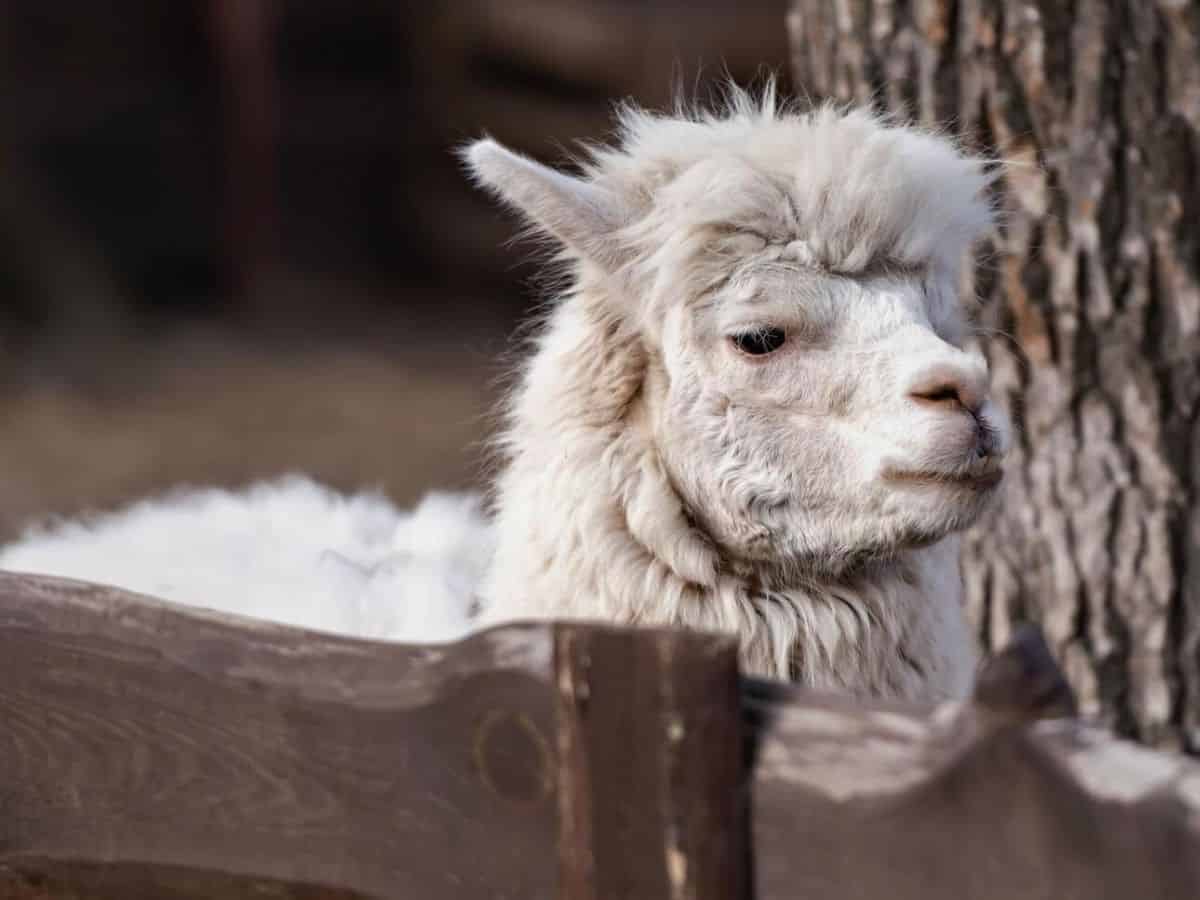

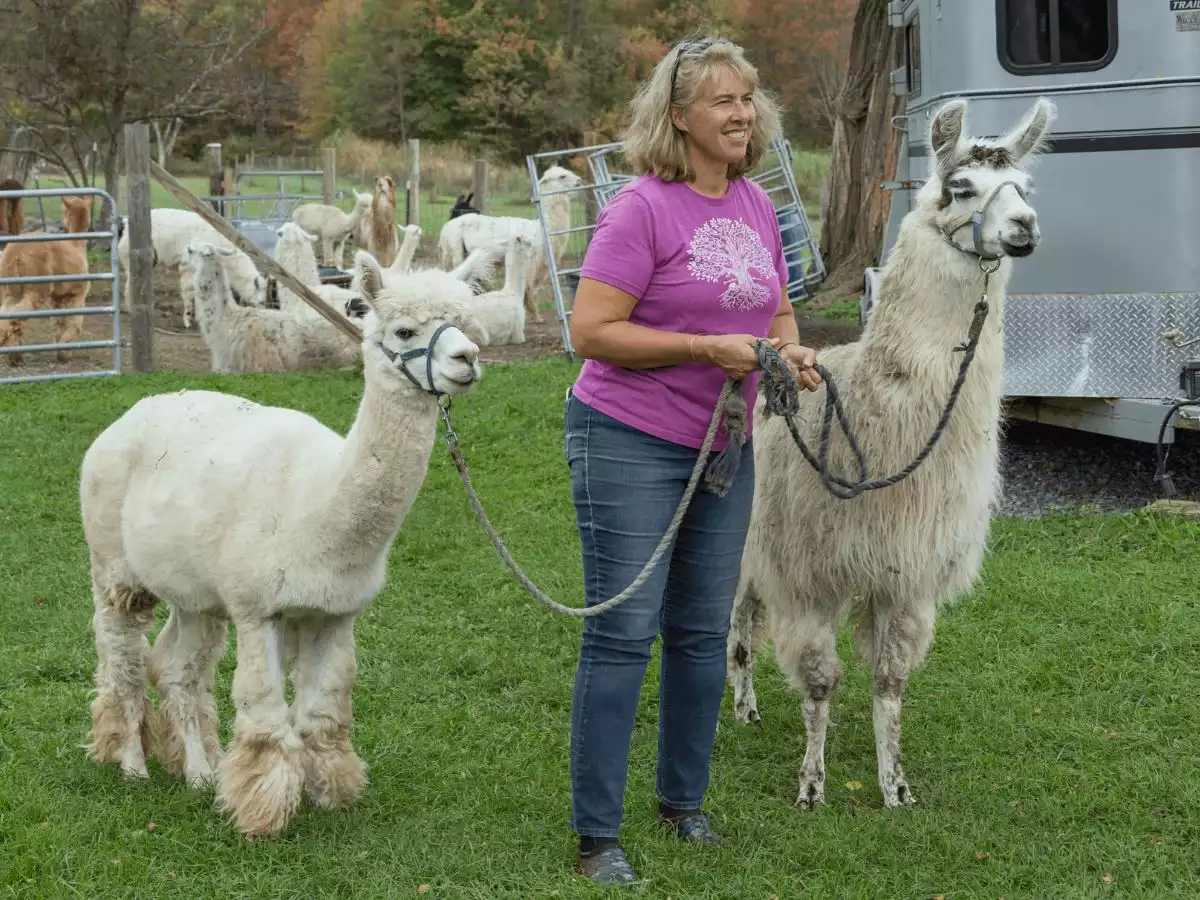
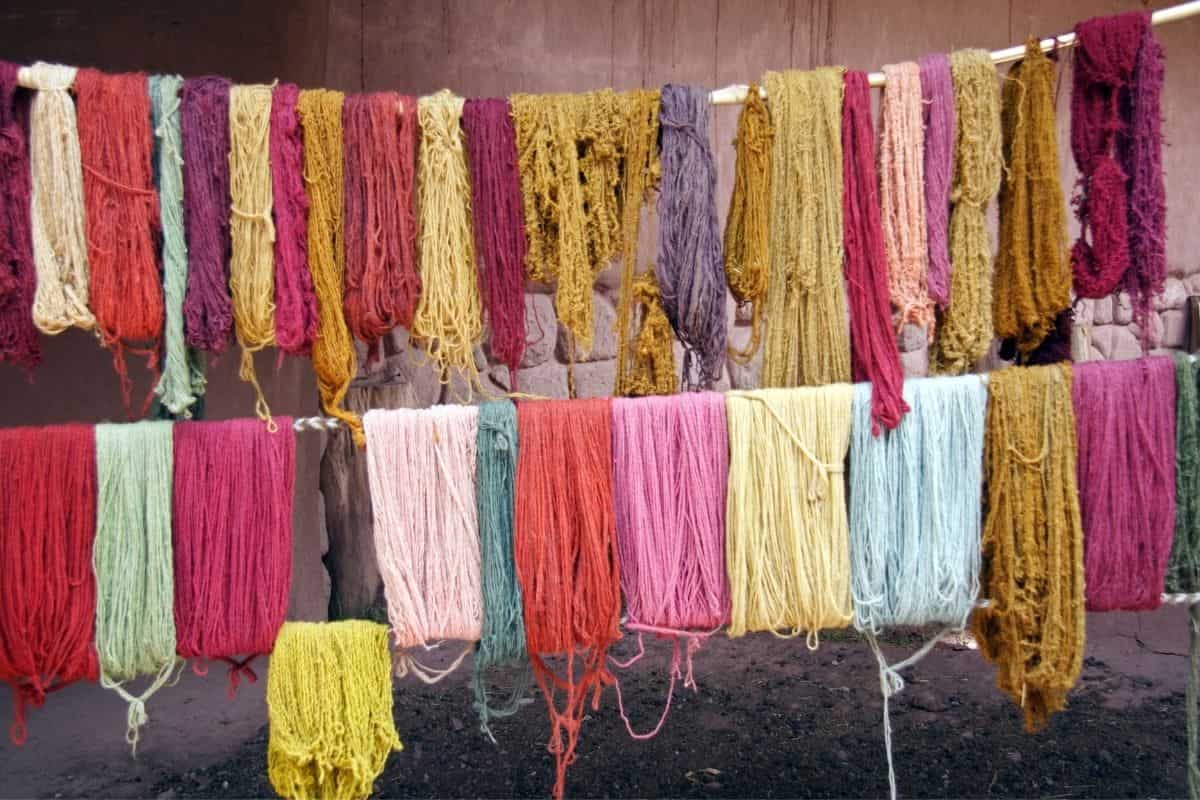
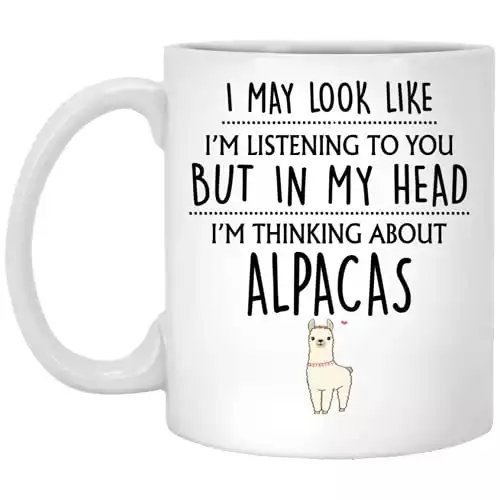
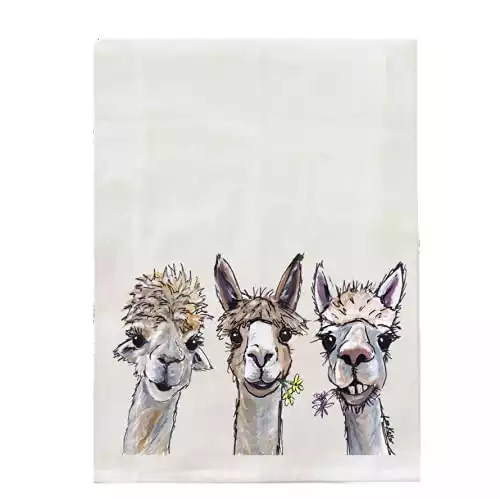





Alpaca moms are incredible! Their instincts are truly remarkable. It’s really interesting to learn about their unique behaviors.
And, they are so darn cute!